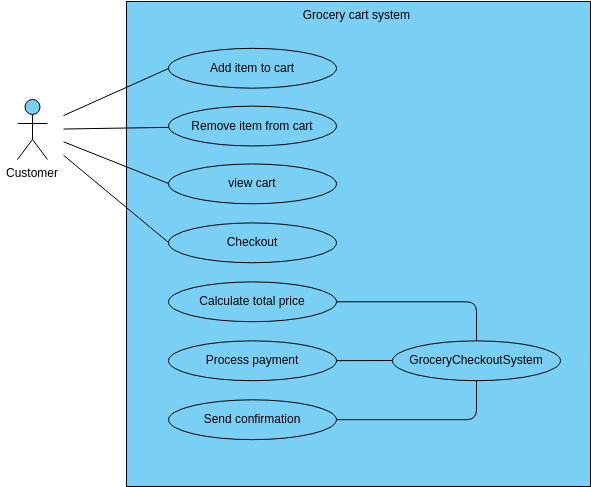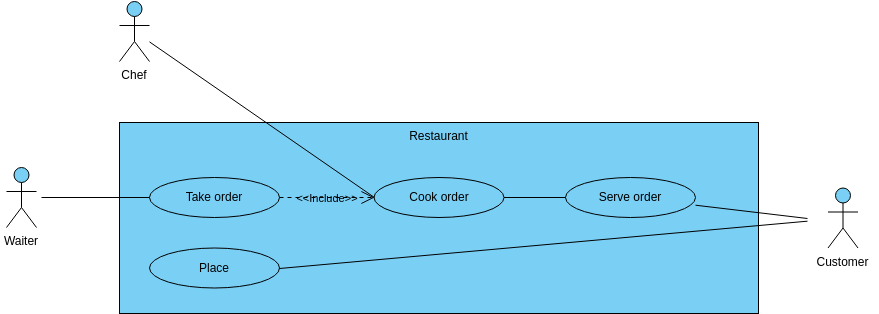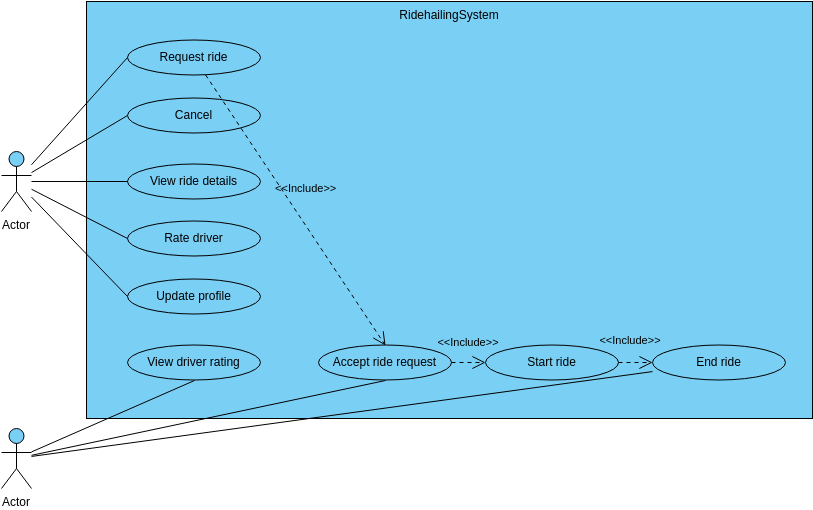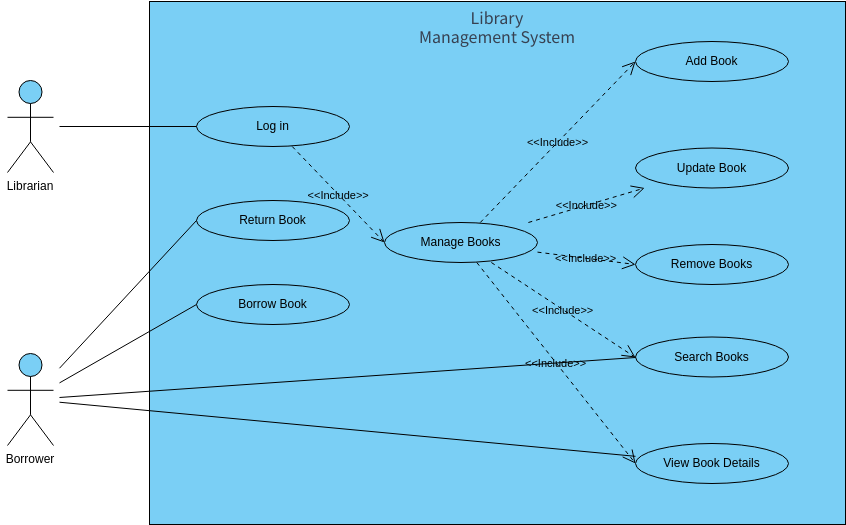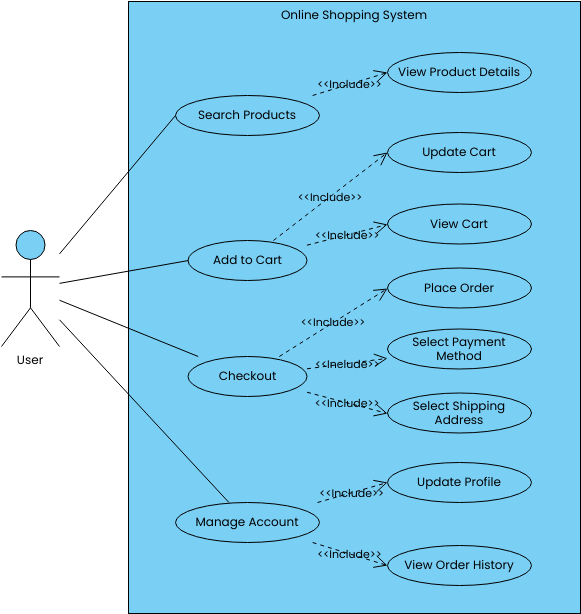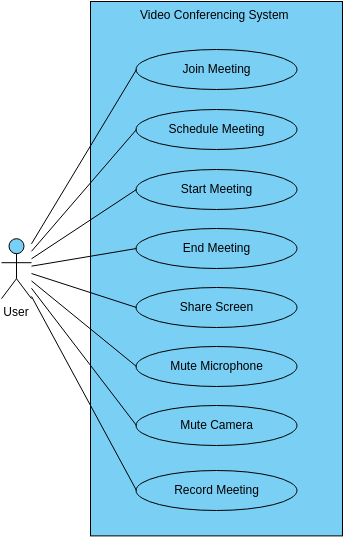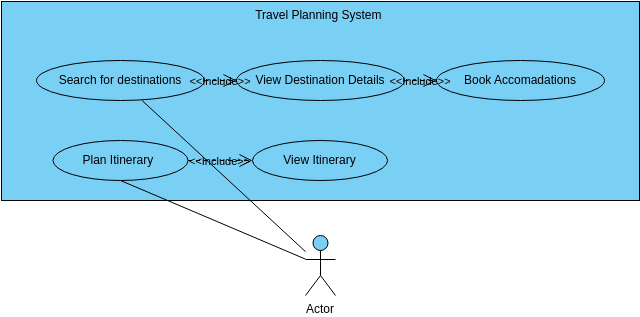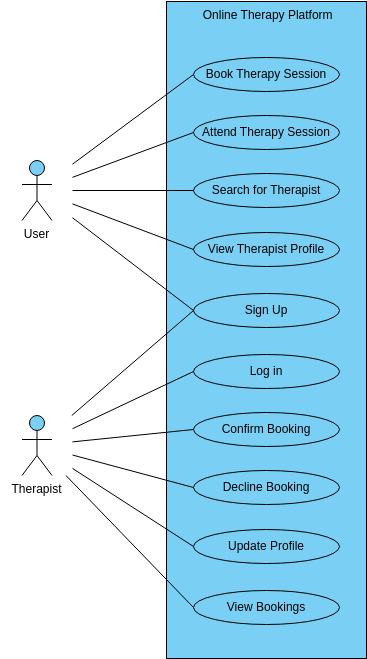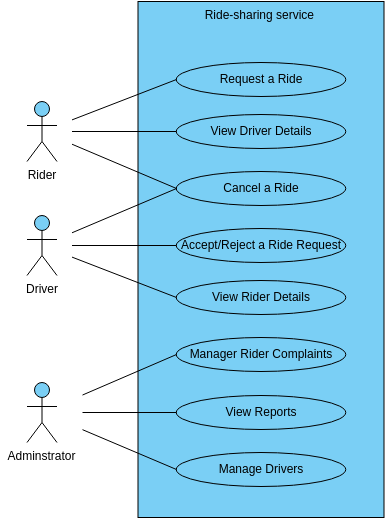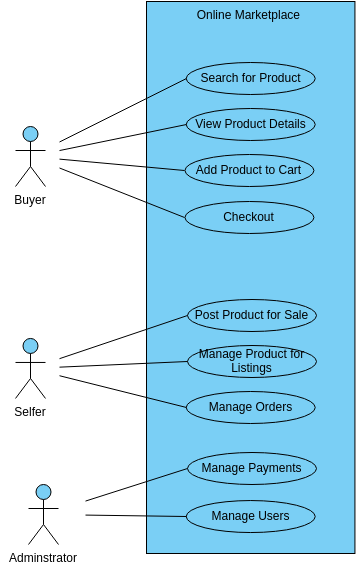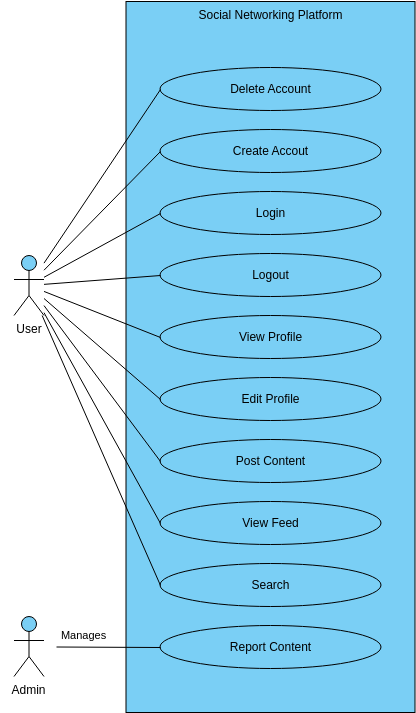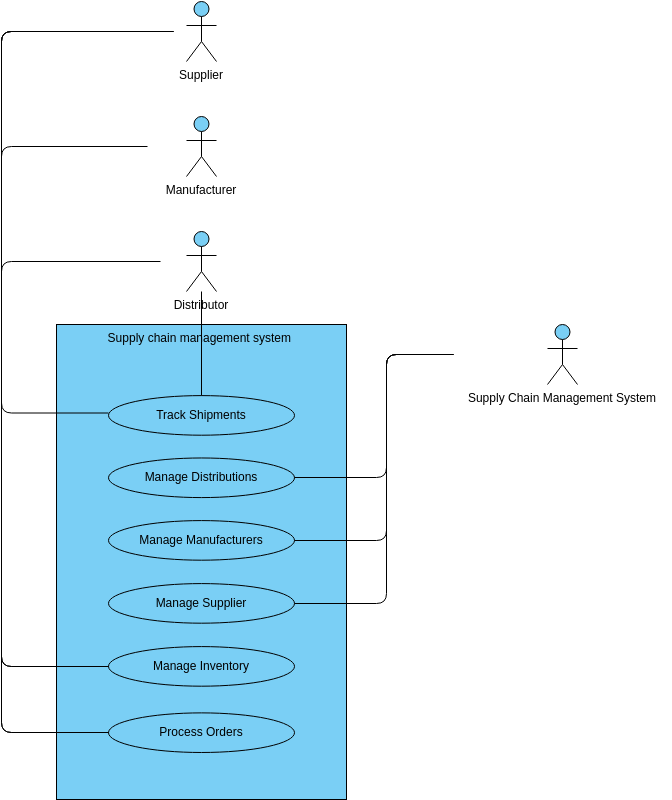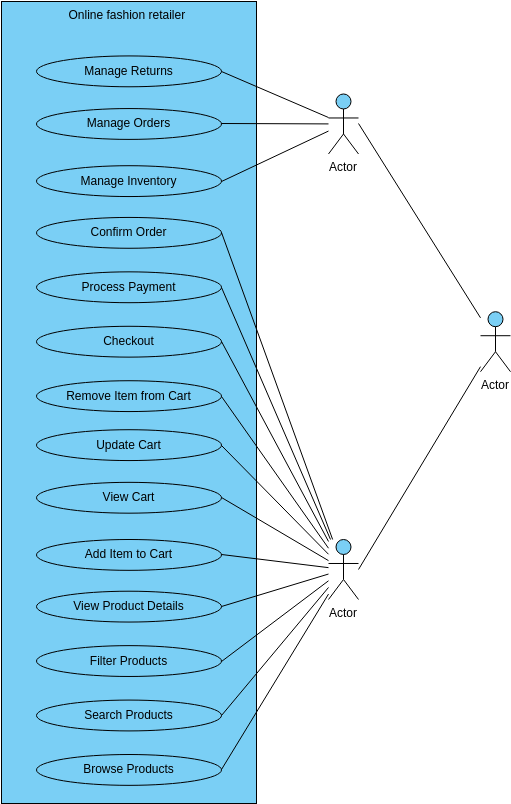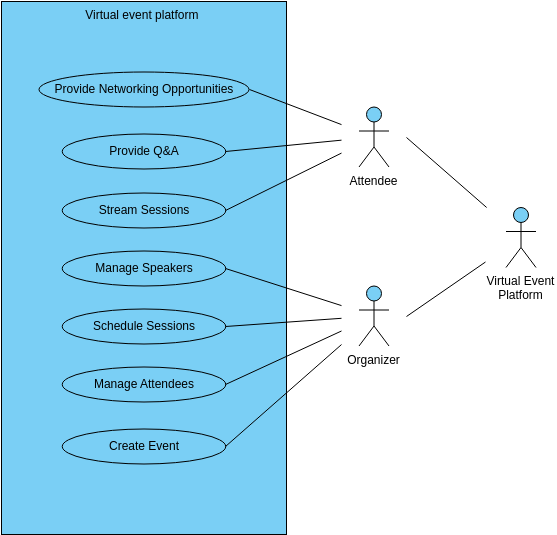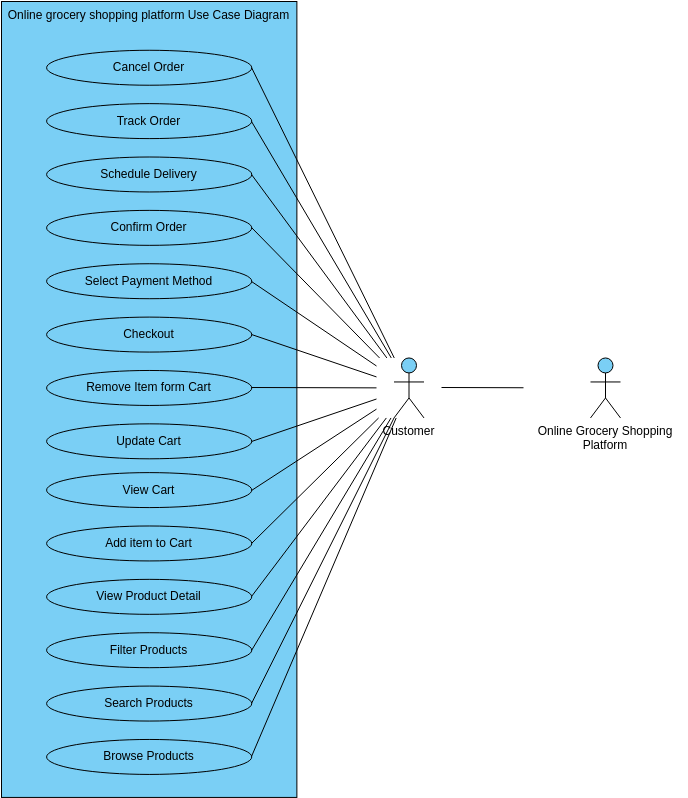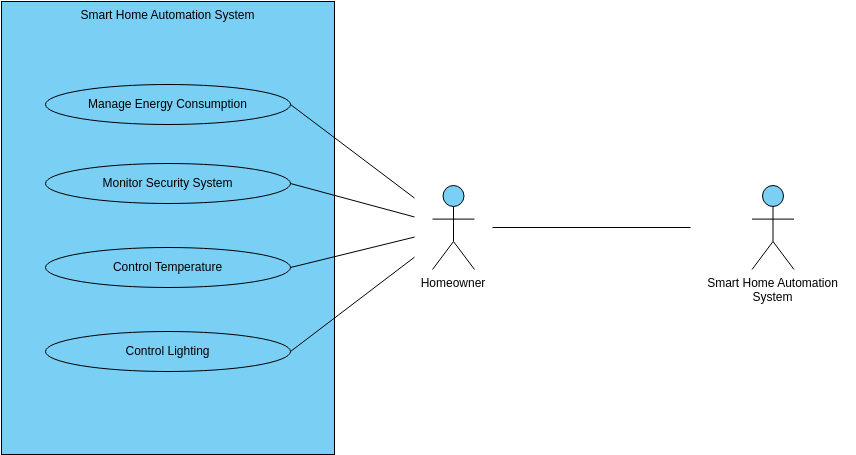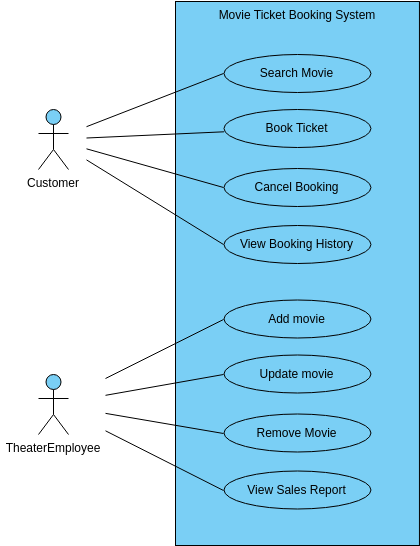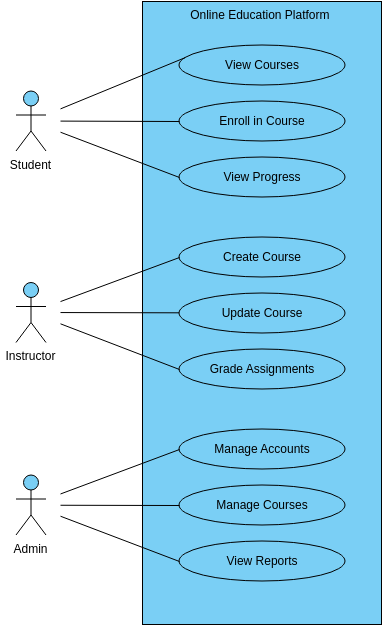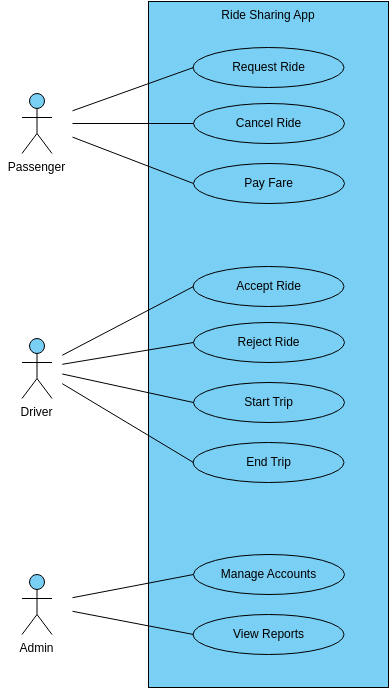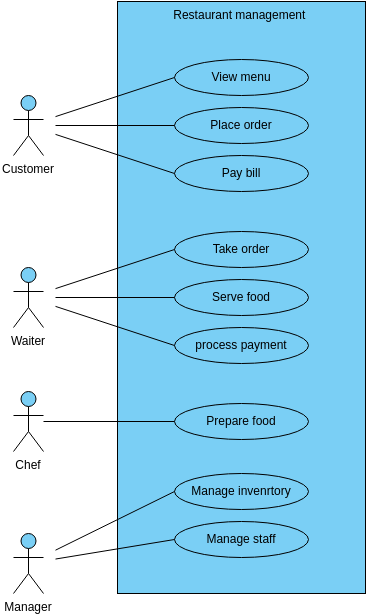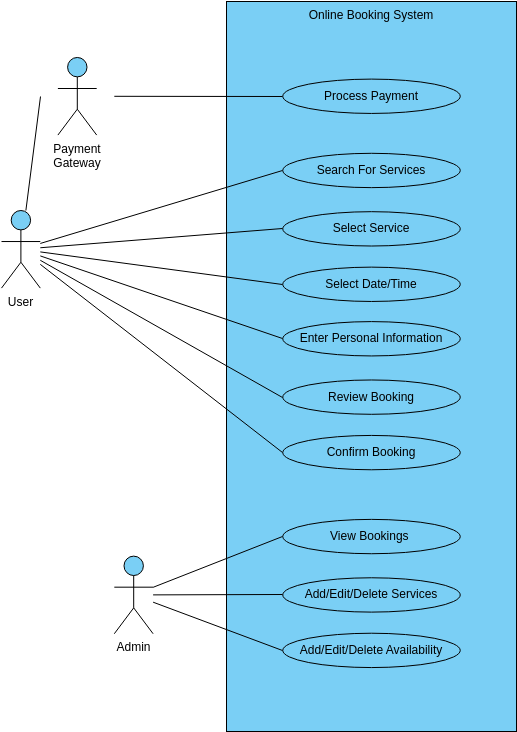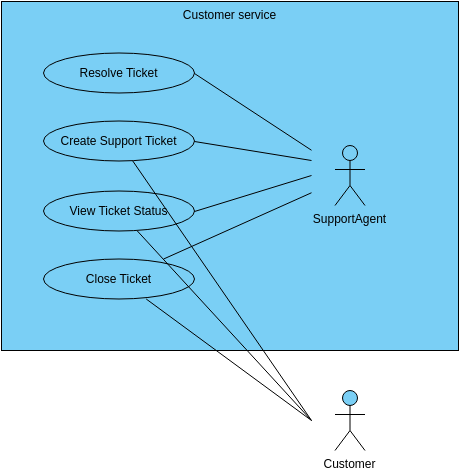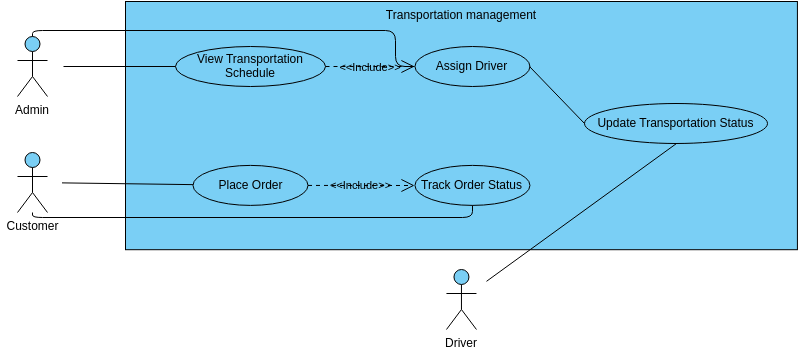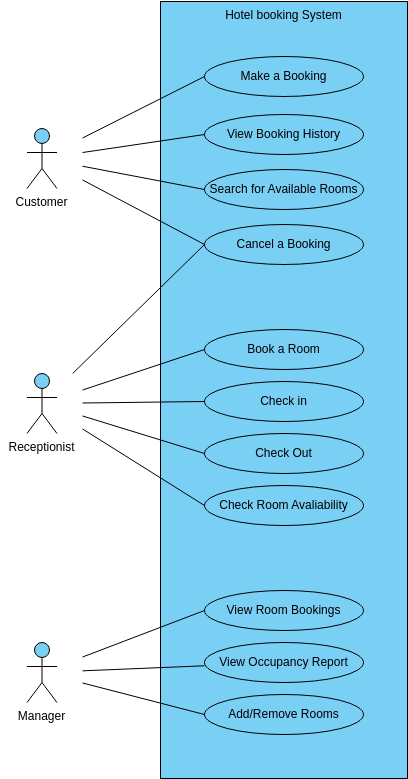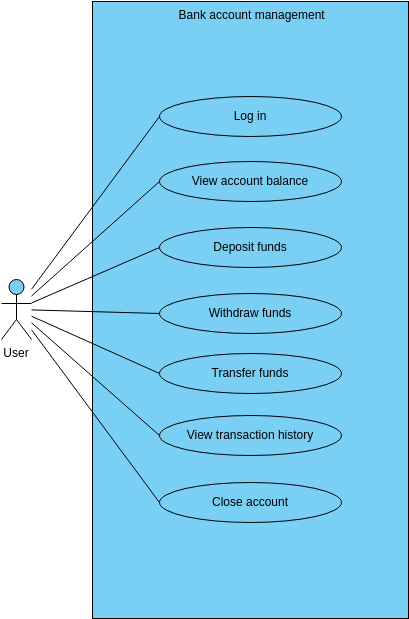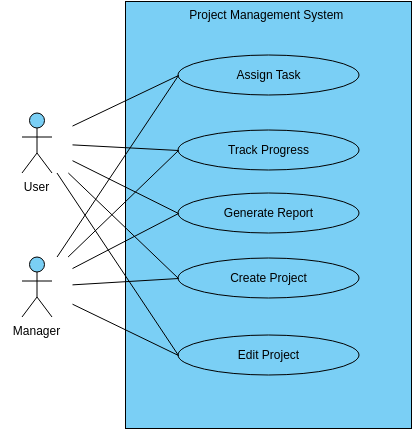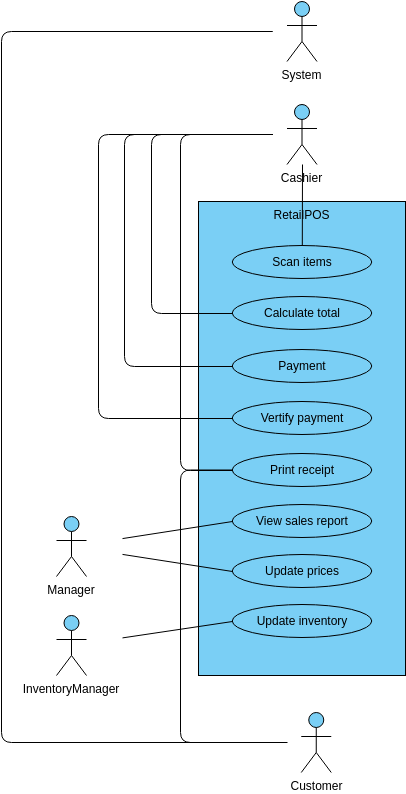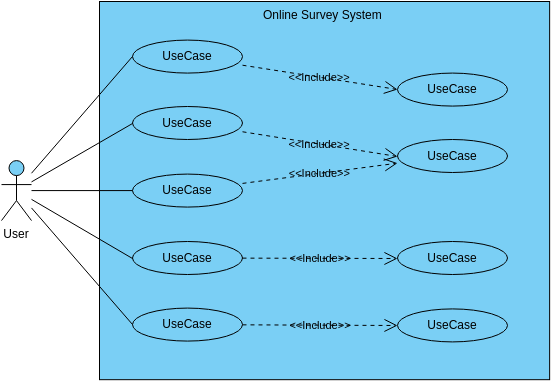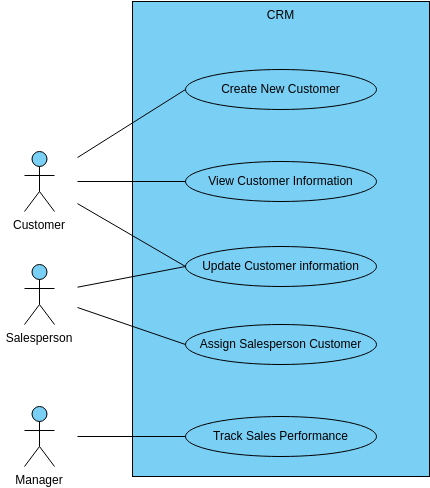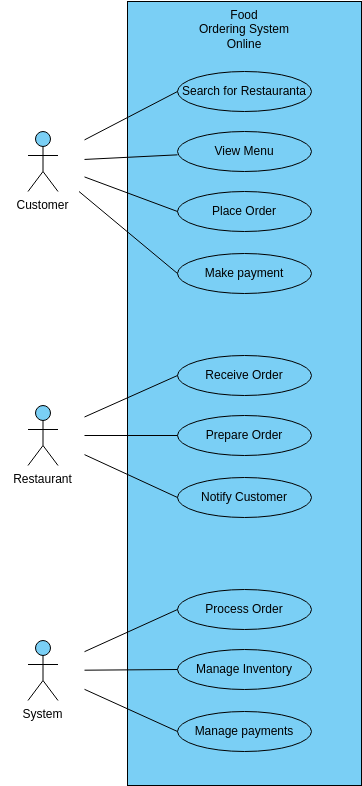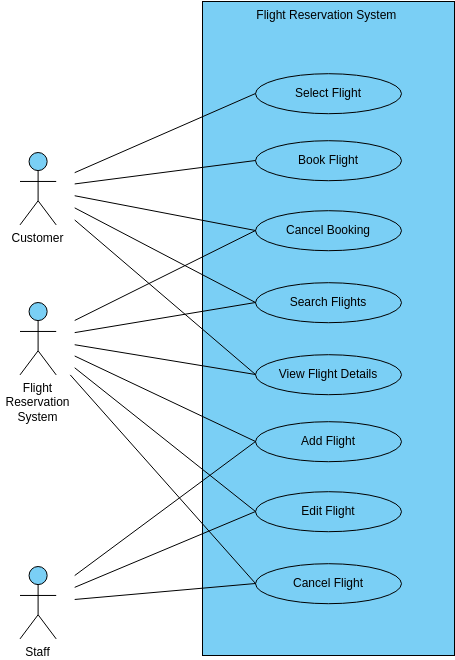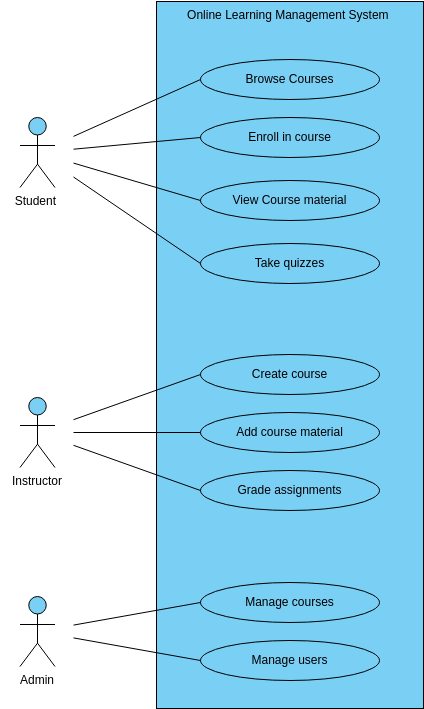The "Retrieve Vehicle" use case in a parking management system involves returning a parked vehicle to its owner. This use case is critical to ensure that the vehicle owner can quickly and easily retrieve their vehicle when needed. The parking management system may have features such as automated ticket scanning, vehicle location tracking, and payment processing to help streamline the vehicle retrieval process. By providing a quick and efficient vehicle retrieval process, the parking management system can improve customer satisfaction and reduce waiting times.
The "Park Vehicle" use case involves finding a parking spot and parking the vehicle in the designated area. This use case is important to ensure that the parking lot is used effectively and efficiently. The parking management system may have features such as parking guidance systems, real-time parking availability updates, and payment processing to help drivers find available parking spots and pay for parking. By providing a streamlined and user-friendly parking process, the parking management system can improve customer experience and increase parking lot revenue.
The "Reserve Parking" use case involves allowing users to reserve a parking spot in advance. This use case is important to ensure that users have a guaranteed parking spot when they arrive at the parking lot. The parking management system may have features such as reservation confirmation, payment processing, and cancellation policies to help users reserve and manage their parking reservations. By providing a convenient and reliable parking reservation process, the parking management system can improve customer satisfaction and increase parking lot revenue.
The "Check Parking Availability" use case involves allowing users to check the availability of parking spots in real-time. This use case is important to help users plan their parking in advance and avoid unnecessary delays. The parking management system may have features such as parking availability updates, parking guidance systems, and integration with mobile apps to help users find available parking spots quickly and easily. By providing accurate and up-to-date parking availability information, the parking management system can improve customer experience and increase parking lot occupancy rates.
Importance of creating this use case diagram
Creating a use case diagram for a parking management system can provide several benefits to an organization. Firstly, the diagram helps to ensure that all necessary functionality is included in the system and that it is designed to meet the needs of all stakeholders. By identifying all the different interactions that users have with the system and the various tasks that need to be performed, the diagram ensures that the parking management system is capable of managing the parking lot effectively and efficiently. This helps to improve the accuracy of parking lot planning, reduce errors, and increase the occupancy rate of the parking lot.
Secondly, a use case diagram can serve as a valuable tool for communication and collaboration between stakeholders. By visualizing the different use cases and how they relate to each other, stakeholders can better understand the overall functionality of the system and how it meets the needs of users. This can help to align the goals and expectations of different stakeholders and ensure that everyone is working towards a common goal. Additionally, the use case diagram can help to facilitate discussions around potential improvements or changes to the system, allowing stakeholders to identify opportunities for enhancement and innovation. By bringing together different perspectives and insights, a use case diagram can help to ensure that the parking management system is designed to deliver maximum value to the organization and its users.

